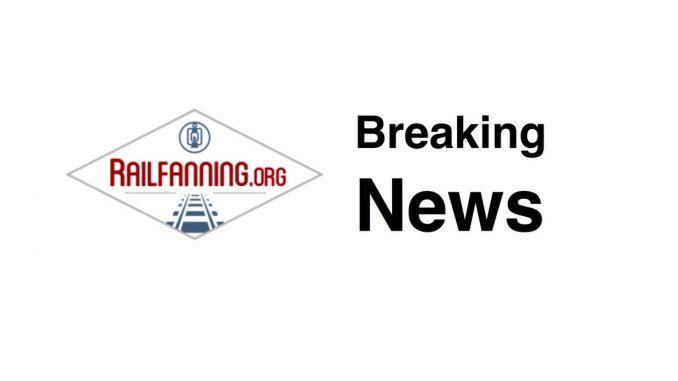
CHARLOTTE, N.C.–(BUSINESS WIRE)–The latest S700 streetcars from Siemens Mobility entered revenue service for the Charlotte Area Transit system on August 21, 2021. Designed with advanced hybrid technology that features an innovative battery storage system, these new streetcars will run wirelessly through the heart of uptown, maintaining a catenary-free zone in the city’s central business district, while offering all the same sustainability benefits as when operating with overhead wires.
“We’re thrilled to bring state-of-the-art modern streetcar vehicles to Charlotte,” said CATS CEO John Lewis. “The overall design, amenities and technology will provide a first-class experience for our riders and community members.”
“Charlotte is a leader in urban transportation planning. From connecting people to opportunities throughout different neighborhoods of the metropolitan area to preserving its historic center by implementing innovative technology, the city is a model for others around the United States,” said Michael Cahill, President of Siemens Mobility Rolling Stock, North America. “Siemens Mobility is thrilled to see the new streetcars for Charlotte enter revenue service as they provide riders with the industry’s most modern streetcar.”
The streetcars for Charlotte will run on the second phase of the CityLYNX Gold Line, replacing the legacy green and yellow trolleys currently in operation. The new phase will add 2.5 miles to the Gold Line, expanding it to 4 miles in length and adding 11 new stops. The six new S700 streetcars join Charlotte’s current light rail fleet of 42 S70 light rail vehicles, bringing the total number of Siemens Mobility vehicles to 48 for CATS. The six S700 vehicles ordered by Charlotte in 2016 have all have been delivered.
Each streetcar features a hybrid wireless technology allowing the vehicle to run both on and off-wire via an Onboard Energy Storage System (OESS). The OESS includes an expandable and modular design that can be updated as our battery technology evolves. Good for the environment, this energy-saving battery technology recharges when connected to catenary. When running on-wire, the streetcars are electrically powered from an overhead catenary system. The battery-storage technology being implemented on the CATS streetcar was first demonstrated in San Diego, achieving a Guinness Book of World Record for the longest distance traveled by a battery-powered tram from one charge in 24 hours. The vehicles will operate at speeds up to 25 mph and are capable of carrying nearly 195 passengers.
The new streetcars also include features that enhance the overall riding experience such as large passenger windows for increased visibility, improved passenger safety through an interior surveillance system, and an unobstructed floor concept that allows more space for bicycle storage and wheelchairs. The operational performance enhancements of the new streetcars include traffic light preemption, a pedestrian-friendly front mask and an automatic passenger counter with enhanced 3D infrared sensor technology.
The streetcars were ordered in late 2016 when the Charlotte City Council chose Siemens Mobility to build six new S700 Streetcars for the Charlotte Area Transit System (CATS), the public transit system operated across Mecklenburg County and four other surrounding counties.
“On behalf of the 4,000 Siemens Mobility employees in the U.S., we are proud to be a close partner with Charlotte Area Transit System as we’ve worked together to design, develop and manufacture these new streetcars,” said Cahill.
CATS joins the more than 35 agencies across the country benefiting from Siemens Mobility’s portfolio of rail vehicles, locomotives, components and automation systems. American cities also rely on Siemens to provide traction-power substations and electricity transmission, as well as signaling and control technology for freight and passenger rail and transit systems.
The S700 Streetcars for Charlotte are Buy America compliant and built at the Siemens Mobility rail manufacturing hub in Sacramento, California. Powered by the California sun with two megawatts of solar energy and 2,100 employees, the facility has been in operation for 30 years.

